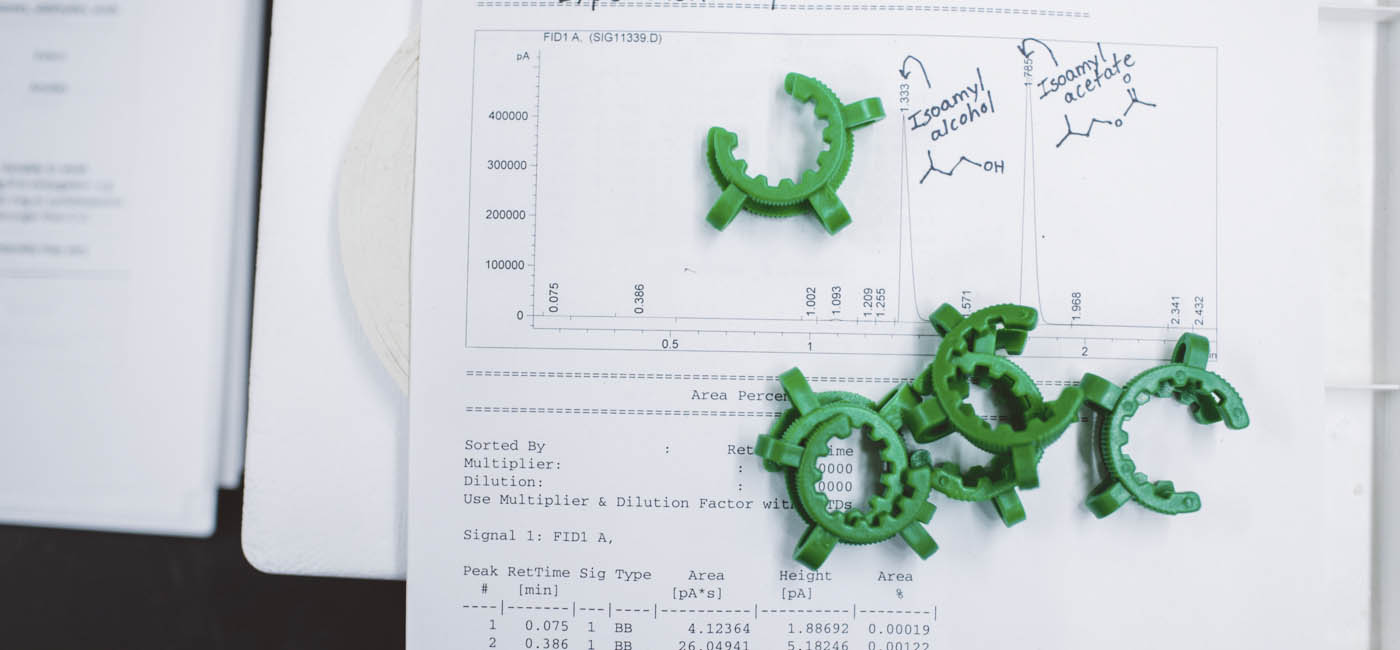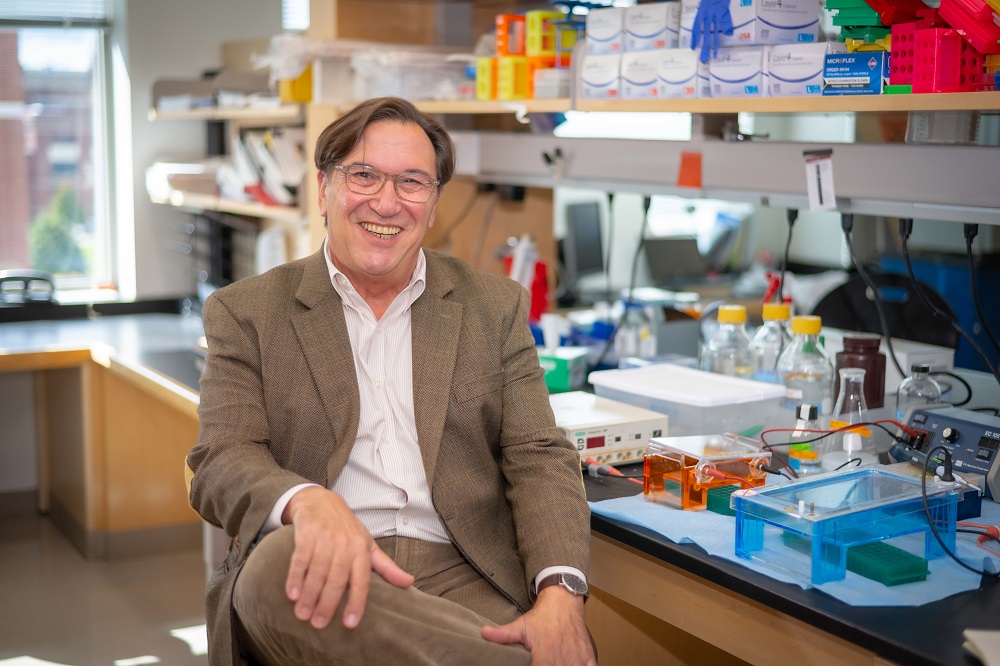
Copper is an essential micronutrient that all organisms need to maintain healthy metabolism. But unless it is bound to proteins, copper is also toxic to cells. With a $1.3 million award from the National Institutes of Health (NIH), researchers at Worcester Polytechnic Institute (WPI) will conduct a systematic study of copper in the bacteria Pseudomonas aeruginosa (P. aeruginosa), a leading cause of hospital-associated infections that is increasingly resistant to antibiotics, with the hope of discovering new drug targets that might allow cells in the body to use copper to fight back against this bacterial invader.
The U.S. Centers for Disease Control and Prevention (CDC) estimates that 51,000 hospital- or healthcare-associated cases of P. aeruginosa infection occur in the United States each year. The bacterium typically causes blood infections or pneumonia in hospitalized patients. More than 6,000 of those cases involve multidrug-resistant strains of the bacteria. Some 400 deaths per year are attributed to these infections, according to the CDC.
"This is an important organism to use as a model because of the potential impact on hospital-acquired infections," said José Argüello, PhD, Walter and Miriam Rutman Professor of Chemistry and Biochemistry at WPI, who is principal investigator for the NIH award. "What we hope to learn through this work, however, would also be applicable to other pathogens."
Of particular importance for the new research project, copper is a key factor both in the virulence of pathogenic microorganisms like P. aeruginosa and in the ability of human cells to fight back against them. Copper fuels reactions that create molecules called reactive oxygen species that can damage and kill cells. In the battle over infection, host cells try to force more copper into the invading pathogens, where it can generate reactive species and destroy the invaders. At the same time, the bacteria work to dispose of the excess copper.

"Copper is at the core of the host-pathogen interaction," Argüello said. "In that relationship, the balance between copper's life-promoting qualities and its toxicity is the key. In this project, we hope to better understand that balance—and potentially discover ways to use it to fight bacterial infections—by developing the first systemic model of how copper is managed in Pseudomonas aeruginosa through the use of in-vivo experimentation and mathematical modeling."
At WPI since 1996, Argüello focuses on the structure and function of proteins that transport heavy metals like copper, zinc, cobalt, and iron across cell membranes. These micronutrients perform fundamental functions in all living organisms, including maintaining structure, conferring catalytic activity to proteins, and participating in the transport of oxygen in the blood and the synthesis of sugars in plants.
Watch a video about José Argüello's research on heavy metal transport in cells.
Previous work by Argüello and others identified a number of molecular mechanisms that aid copper’s exit from cells and help the bacteria maintain a proper balance. The mechanisms help the invaders mount an infection without being overwhelmed by the host’s response.
Most of this work has focused on individual molecules and proteins, yet much remains unknown about the entire copper processing network. In the new study Argüello’s team will take a big-picture approach, using various biochemical tools and genomic and proteomic data to build a model of the entire copper distribution system in P. aeruginosa.
"Copper doesn’t typically float around freely in the cells." Argüello said. "There are networks of proteins that bind the copper, bring it into the cell, move it to where it’s needed, process it, or even pump it out of the cell when there is too much. Our goal is to create a robust model of the system that can make predictions about how the copper network operates and how it would react to certain changes. This may shows us new targets to consider for translational research for new classes of antibiotics able to disrupt the copper system in Pseudomonas aeruginosa and other pathogens.”
Assisting in the project will be Reinhard Laubenbacher, PhD, director of the Center for Quantitative Medicine at the University of Connecticut, a bioinformatics specialist who will build the mathematical model based on the data Argüello’s lab collects about copper processing.




